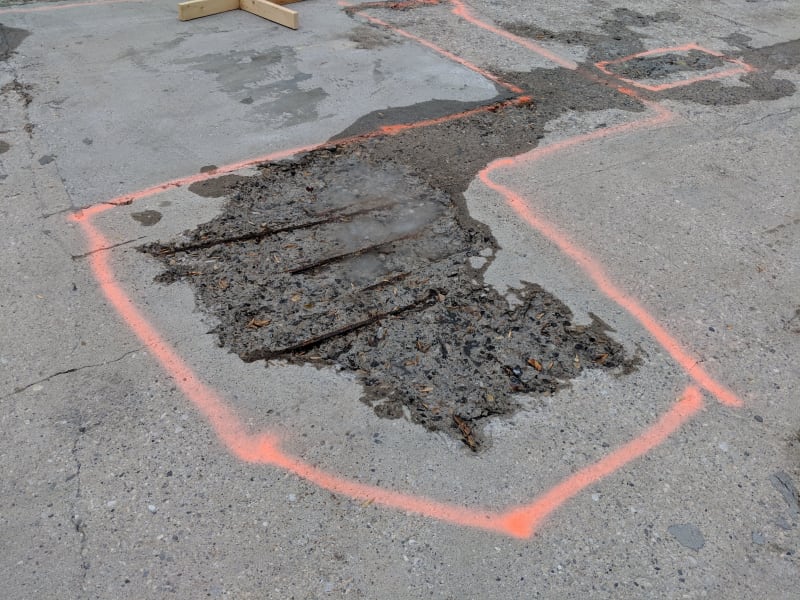KootK
Structural
- Oct 16, 2001
- 18,611
I'm doing a minor outdoor parking slab in a norther climate where deicing chemicals will be used. The Canadian code for parking structures contains some great stuff with respect to durability for these kinds of structures. In a perfect world, this would lead me to using some great concrete as well as 40mm/30mm top and bottom cover.
Unfortunately, on this project, I am limited to using a very thin slab. And the high covers kill me for that. One option that I'd considered was using galvanized rebar and then relaxing the cover requirements somewhat. However, I've been unable to track down any guidance for what combination of cover + galvanized might produce an equivalent level of durability.
Anybody have any ideas? Also, if anyone feels that this is simply a bad idea, I'd be interested in hearing that as well.
Unfortunately, on this project, I am limited to using a very thin slab. And the high covers kill me for that. One option that I'd considered was using galvanized rebar and then relaxing the cover requirements somewhat. However, I've been unable to track down any guidance for what combination of cover + galvanized might produce an equivalent level of durability.
Anybody have any ideas? Also, if anyone feels that this is simply a bad idea, I'd be interested in hearing that as well.



